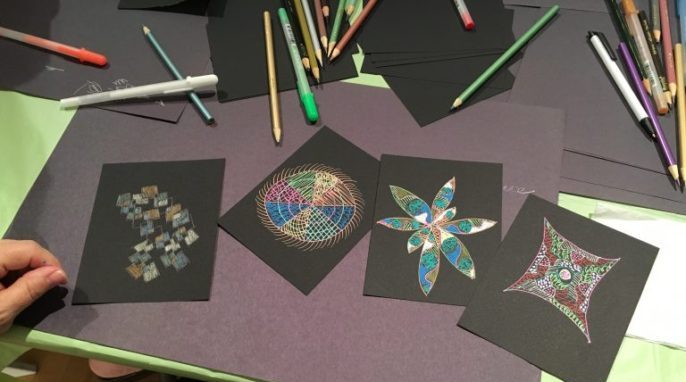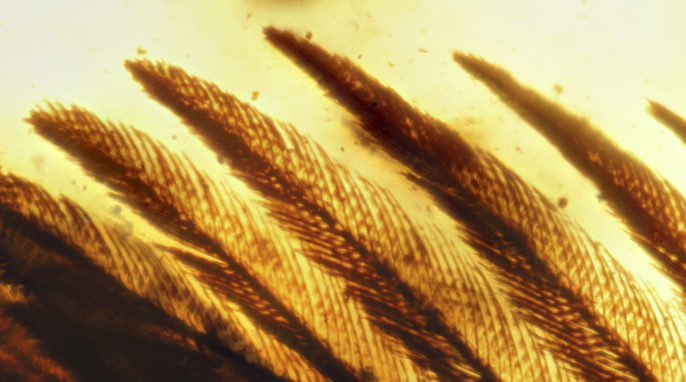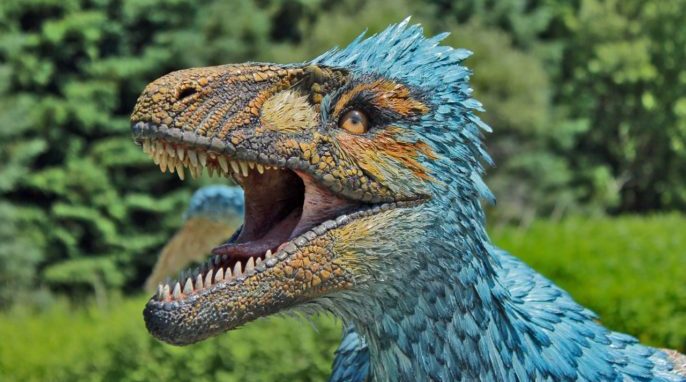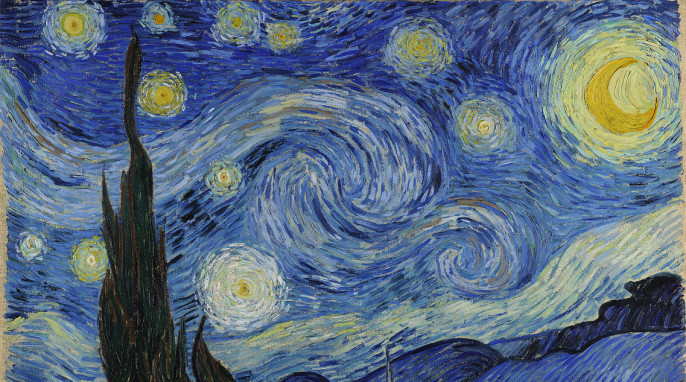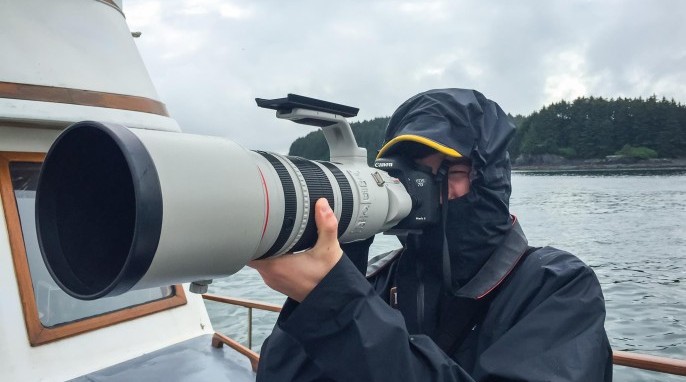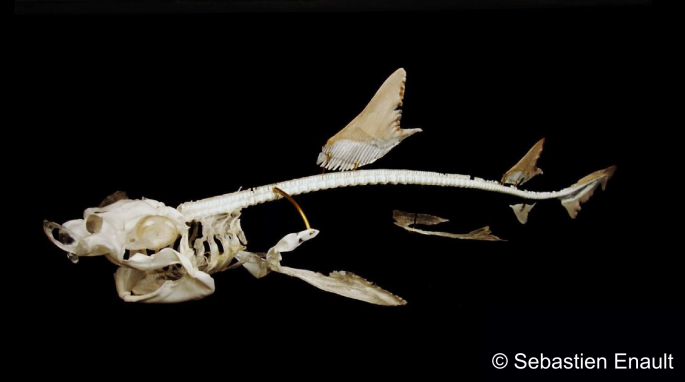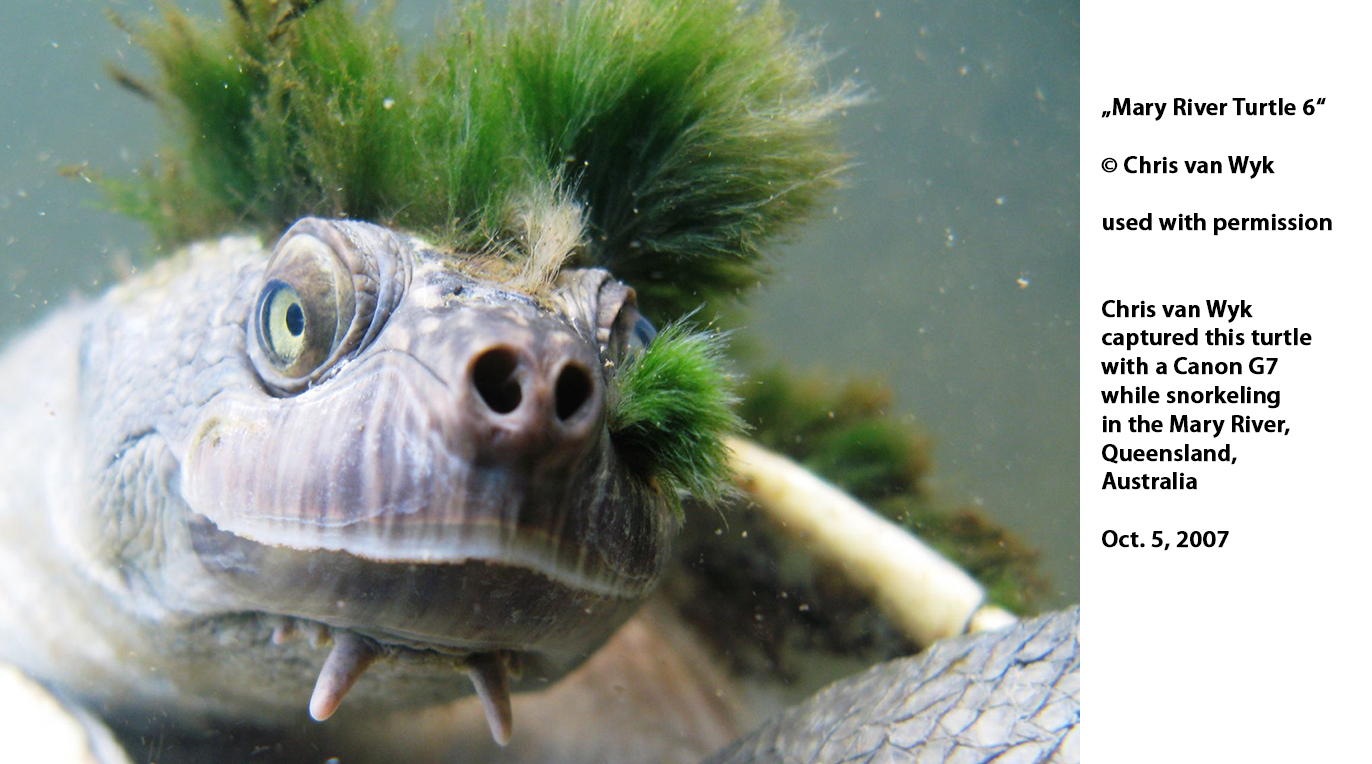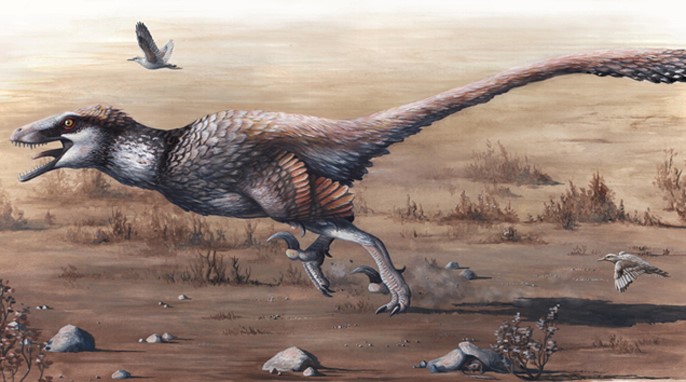Neoteny: Why Disney Princesses Look Like Babies
Neoteny, Evolution, and Disney Our friend Dr. Joe Hanson from It’s Okay to Be Smart (PBS Digital Studios) goes full science nerd on neoteny, Disney princesses, and evolution. I noticed something weird about Disney Princesses lately. Naturally, I had to examine it through the lens of science. The answer led me to new knowledge about human development, the domestication and taming of animals, and why we find things cute in the first place. You’ll never look at cartoons the same way again. –Joe Hanson, PhD [tweetthis]It’s time to go full…
Read More

